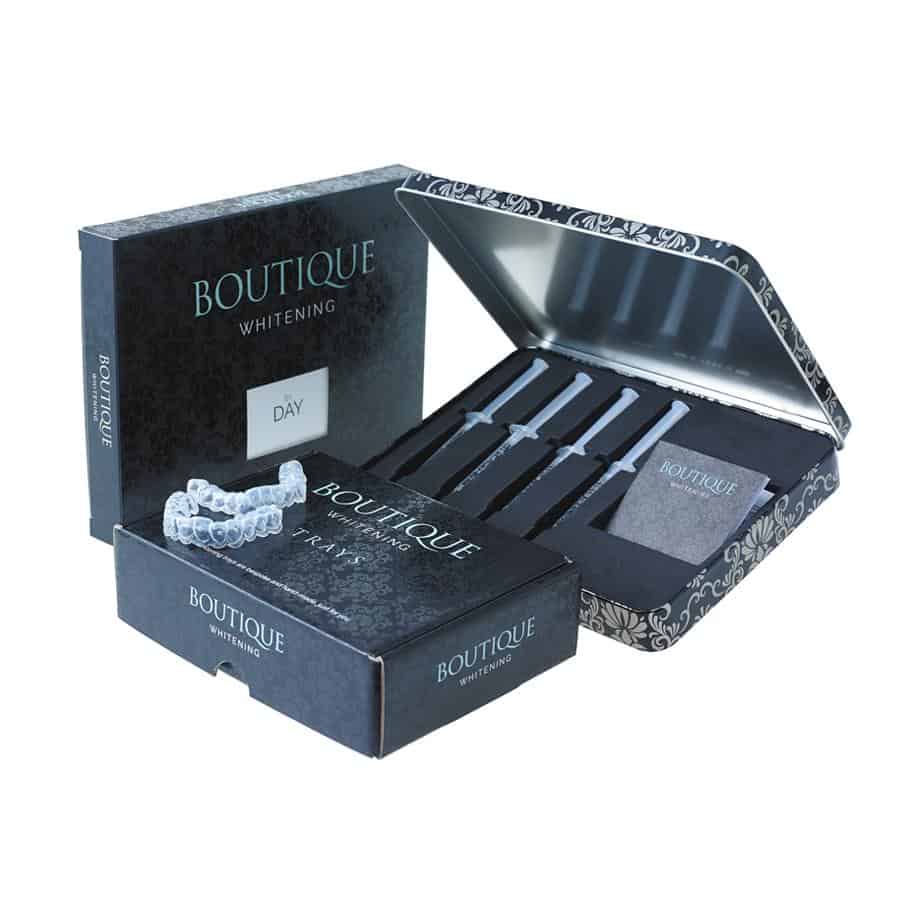Invisalign offers several benefits compared to traditional braces, making it a popular choice for many individuals seeking orthodontic treatment. Some of the key advantages of Invisalign include:
1. Aesthetic Appeal:
Invisibility: Invisalign aligners are made of clear plastic, making them nearly invisible when worn. This is particularly appealing to individuals who may feel self-conscious about the appearance of traditional metal braces.
2. Removability:
Convenience: Invisalign aligners are removable, allowing users to take them out when eating, drinking, brushing, and flossing. This feature provides greater flexibility and convenience in daily activities compared to fixed braces.
3. Comfort:
No Wires or Brackets: Invisalign aligners lack the wires and brackets associated with traditional braces. This can result in a more comfortable experience without the potential for mouth sores and irritation caused by braces.
4. Improved Oral Hygiene:
Ease of Cleaning: With Invisalign, maintaining good oral hygiene is easier since the aligners can be removed for regular brushing and flossing. This reduces the risk of plaque buildup and tooth decay commonly associated with traditional braces.
5. No Dietary Restrictions:
No Food Restrictions: Since Invisalign aligners are removable, there are no dietary restrictions. Patients can continue to enjoy their favourite foods without concerns about damaging brackets or wires.
6. Predictable Treatment Planning:
Digital Technology: Invisalign treatment begins with a 3D scan or impressions of the teeth. Computerized treatment planning allows for a precise and predictable progression of tooth movement, often resulting in shorter treatment times compared to traditional braces.
7. Less Disruption to Lifestyle:
Minimal Office Visits: While regular check-ups with the orthodontist are necessary, Invisalign typically requires fewer in-office visits compared to traditional braces. This can be advantageous for individuals with busy schedules.
8. Versatility:
Treats Various Issues: Invisalign can be used to address a variety of orthodontic issues, including crowded teeth, spacing issues, overbites, underbites, and crossbites. However, the suitability of Invisalign for specific cases is determined by the orthodontist.
It’s important to note that the effectiveness of Invisalign depends on the patient’s commitment to wearing the aligners as prescribed. Compliance with the recommended wear time and proper care of the aligners are crucial for achieving successful results.



